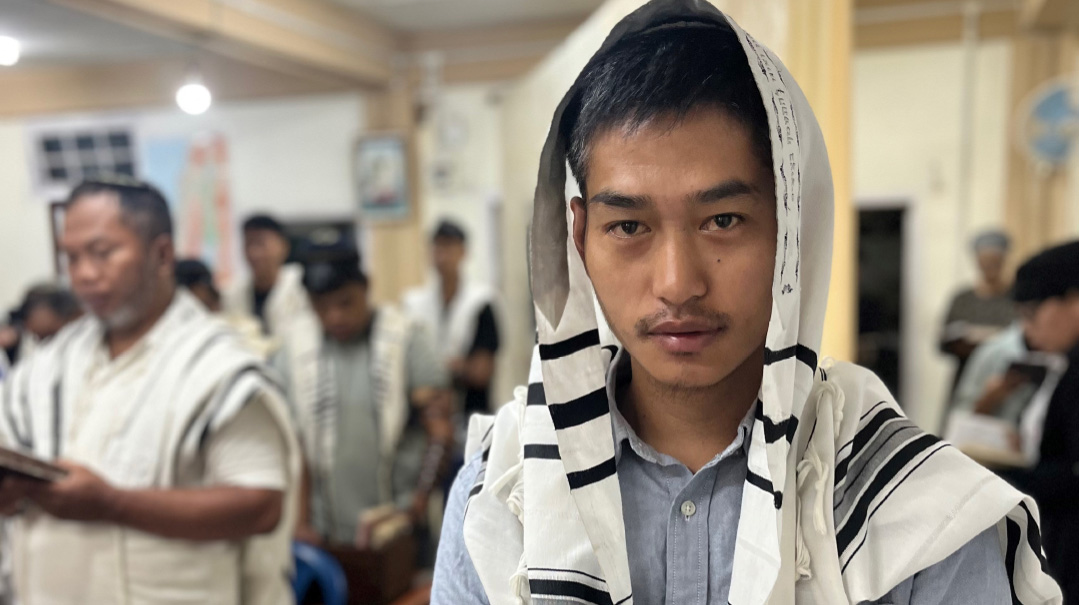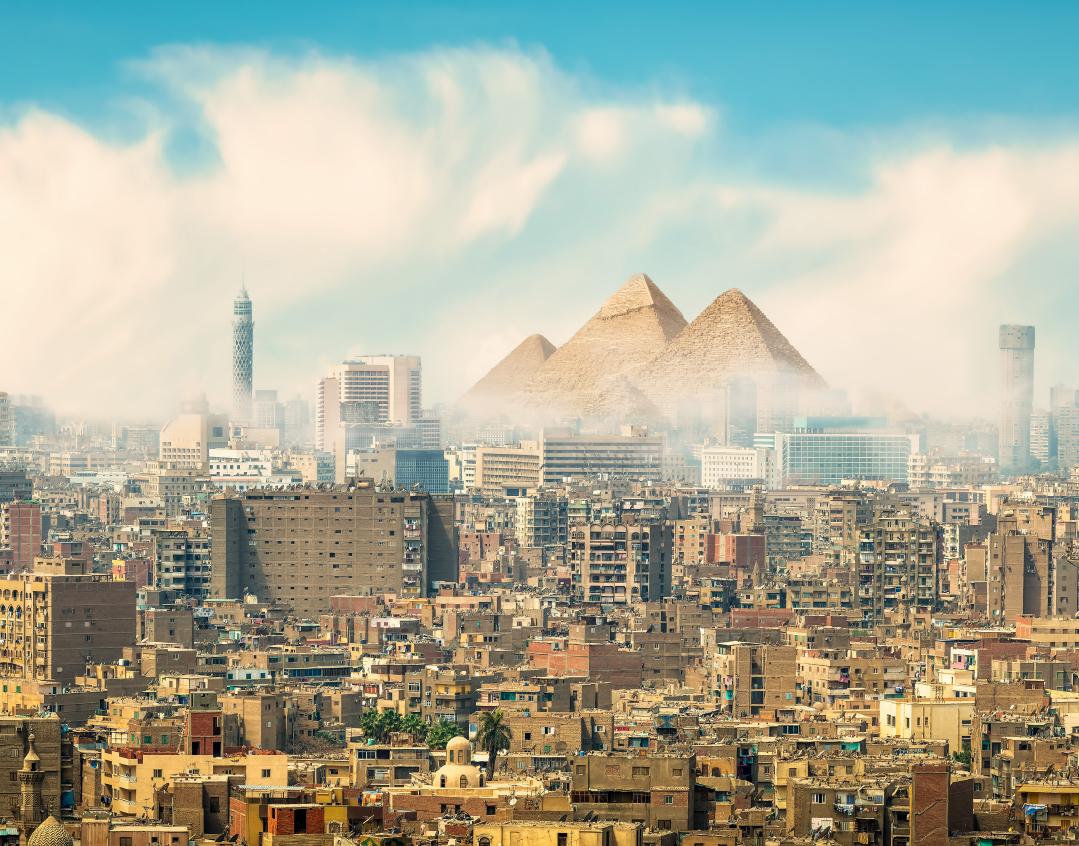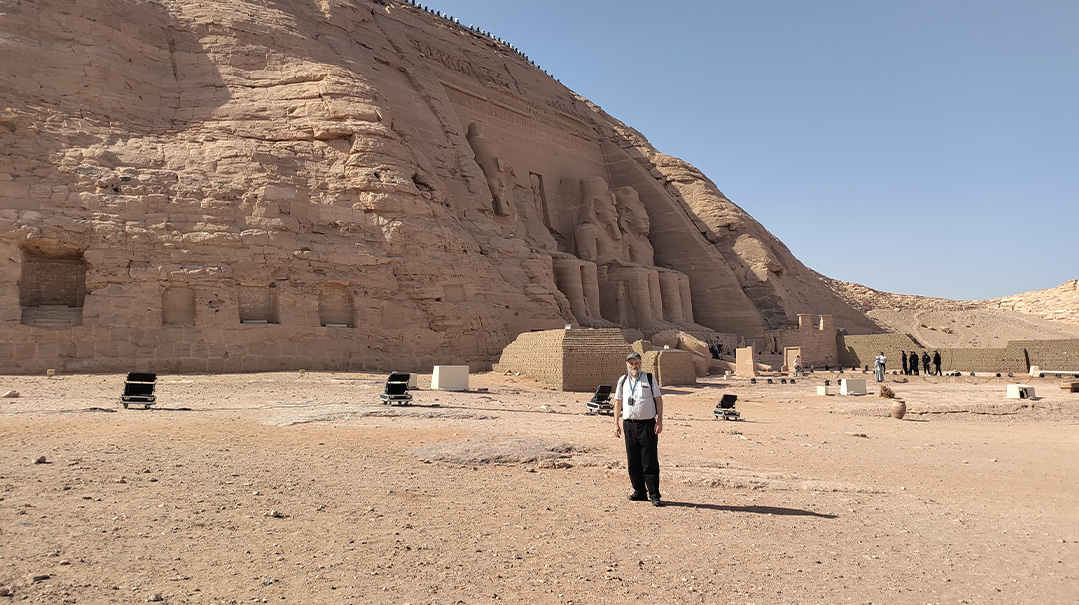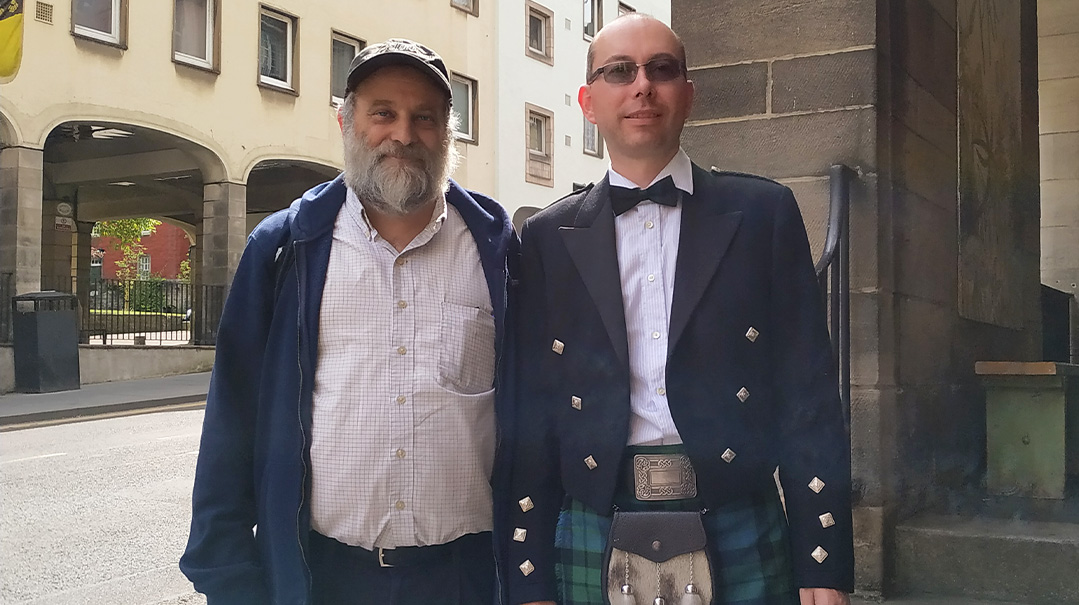Where Shuls Are Aplenty and Jews Are Few
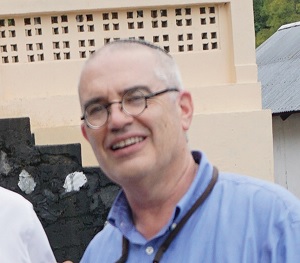
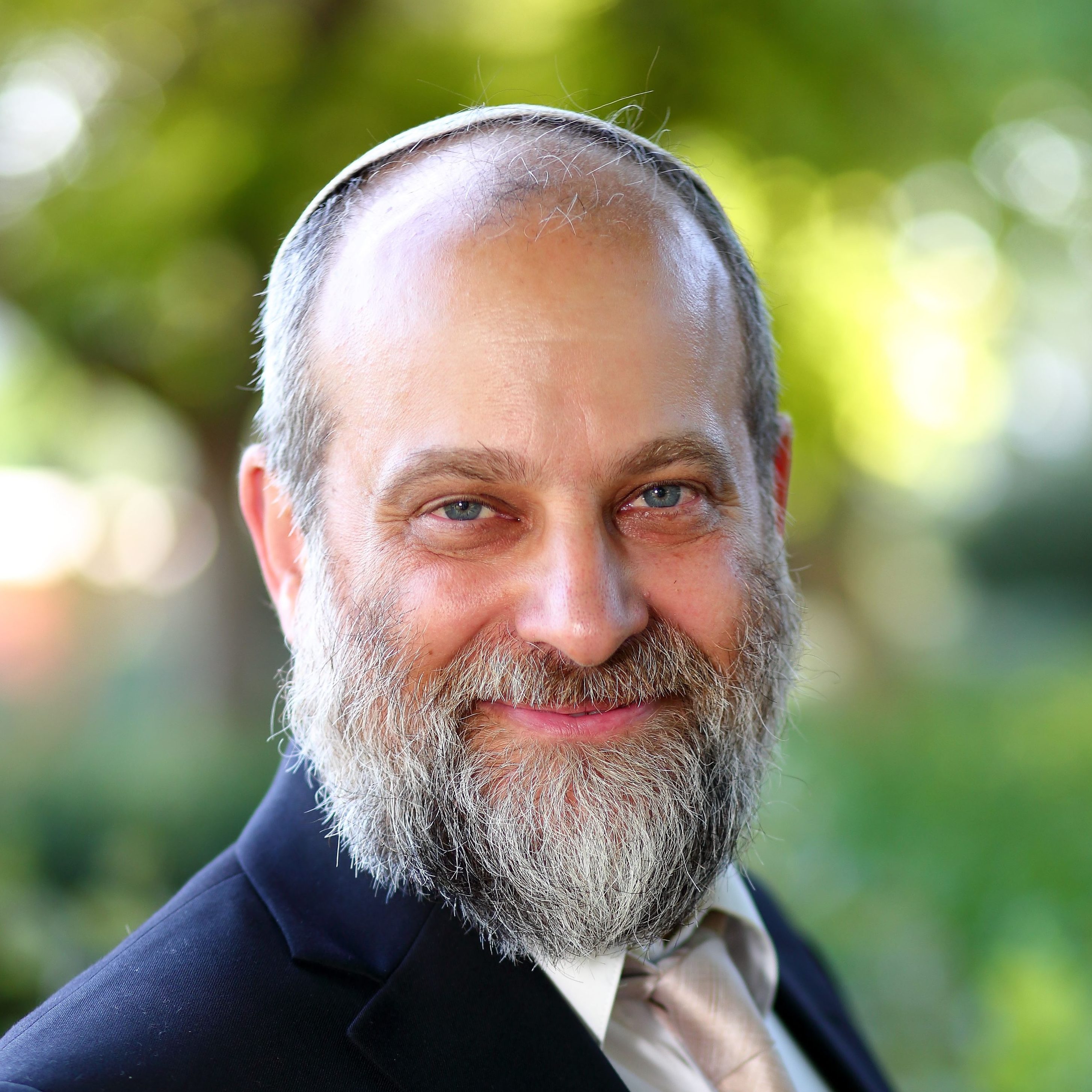
“Come with me,” he said, “the synagogue is my house.”
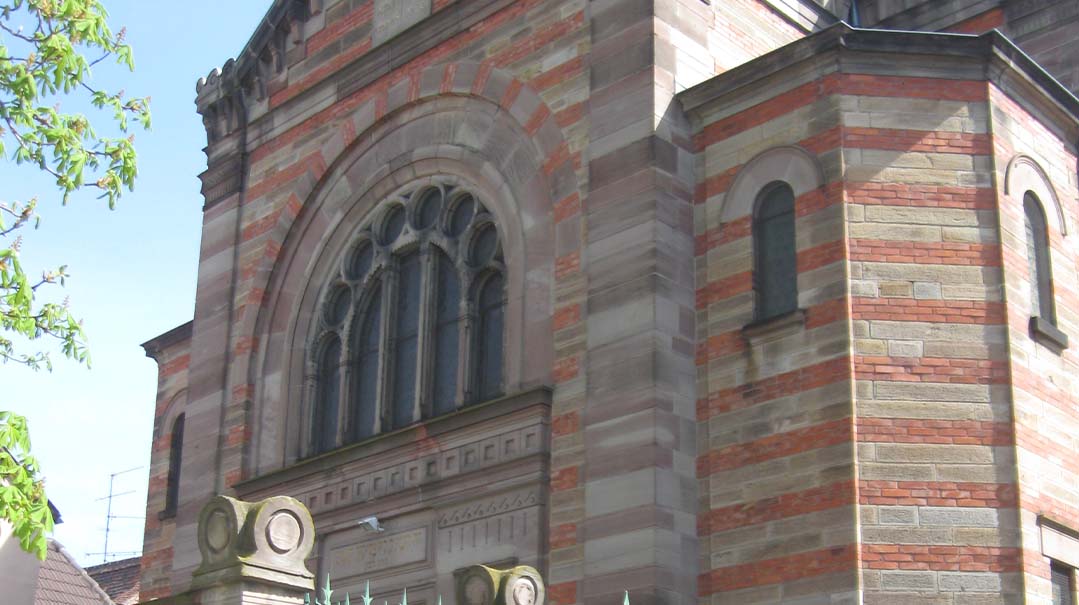
Fifteen years ago, we were racing against time to track down various mesorahs relating to kosher birds before the old shochtim from various countries passed away and the traditions were lost. A series of phone calls and meetings led us to a French book of teshuvos by Rabbi Ernest (Simcha) Gugenheim. In his book, Les Portes de la Loi: Études et Responsa, he wrote that there is a solid tradition in the Alsace region of France regarding the kashrus of guinea fowl. At the time, our main concern was preserving the mesorahs, but in the back of our minds we always intended to travel to Alsace and find out more about this little-known Jewish community.
As it turned out, in many ways Rabbi Gugenheim (1916–1977) was typical of Alsace Jewry — he came from a small village called Westhoffen that had a Jewish presence dating back many centuries (in this case at least to 1626) and his family had lived in that region for many generations — at least 300 years. What was unusual, and might have played a role in Rabbi Gugenheim’s rise to lead French Jewry, was his decision to travel to Poland to learn in the Mir yeshivah at age 22, in 1938. Today, his son Rabbi Michel Gugenheim is chief rabbi of Paris.
Unlike generations of ancestors, Rabbi Ernest Gugenheim never held a rabbinical position in Alsace because, as we found out, the majority of Jews had begun to leave these picturesque country towns even before the great upheaval of World War II; today, there’s not a Jew to be found in most of the villages.
Alsace is located on France’s eastern border, on the west bank of the upper Rhine River, and is bounded by Germany and Switzerland. The strategic value of the area has resulted in its repeated annexation by competing countries of France and Germany, which greatly affected the situation of resident Jews. After the French Revolution, Jews were granted citizenship and by 1827, had achieved full rights. By 1871, there were 40,000 Jews in Alsace-Lorraine, roughly half of France’s Jewish population. It was during the early stages of the emancipation that shuls were built all over Alsace — 176 of them, in fact, between 1791 and 1914. But this building frenzy was followed by a mass exodus. Ultimately, emancipation, urbanization, and World War II largely emptied the region of Jews, leaving the situation of today: an area rich in Jewish history, but almost totally bereft of Jews.
A Night in Germany
We set out to visit some of these “shuls without Jews,” and, as often happens on these journeys, we experienced unusual siyata d’Shmaya from the start. We flew into Frankfurt and needed a meal and a bed before heading out on our adventure the next morning. Ari Greenspan contacted a friend from his time over 20 years ago as a dentist in Germany for the US Army. In Heidelberg, an hour’s drive south of Frankfurt, lives Fred Elbogen and his family. Just walking into his house was refreshing, as his three bookcases on the ground floor contain only well-thumbed sifrei kodesh. In this town of very few frum Jews, Fred maintains a Skype chavrusa with an Orthodox US Army chaplain in West Point and learns Yoreh Dei’ah via an online semichah program.
Fred’s story is unusual. His Jewish father was one of the thousands of American civilians who moved to Germany to provide support for the huge Cold War military presence. He met and married a Jewish Holocaust survivor — and Fred was born. Despite being American citizens, eating American foods and, until the US Army left recently, buying everything in the Army commissary, Fred and his kids have lived their entire lives in Germany.
Their English is American, which Fred speaks peppered with Hebrew. “When the US Army left,” he tells us, “we had trouble getting kosher ochel.” About 20 years ago, the shul in Heidelberg — built with government funding — decided to forgo a mechitzah. But Fred fought, and today the shul functions according to Orthodox rules. However, virtually none of the Jews in Heidelberg (mostly Russian immigrants) are shomer mitzvos.
When we told him we’d be visiting him in the midbar of Germany, we asked what we could bring. His response: “I need a new Shabbos hot water heater and some kosher-for-Pesach gvinah.” What a pleasure to give, and more importantly, to get chizuk from such a dear Yid.
Oops! We could not locate your form.

